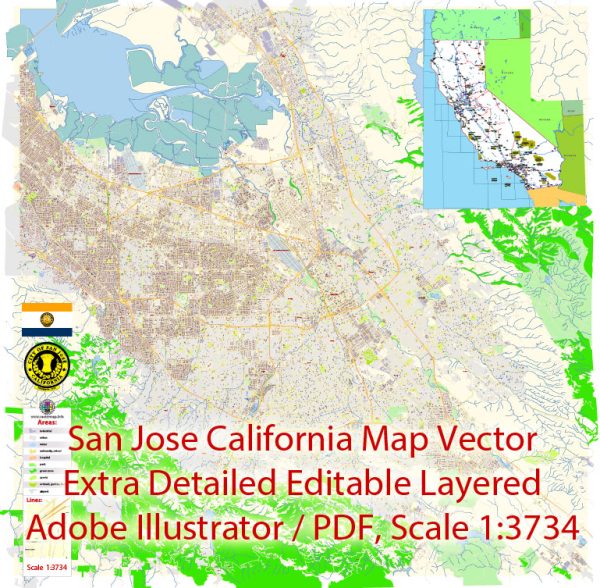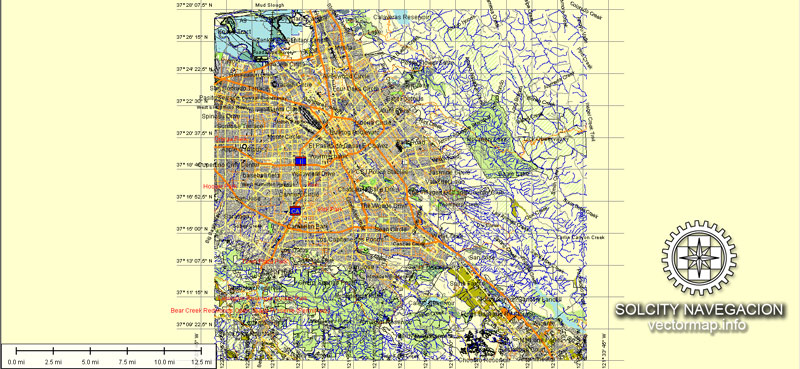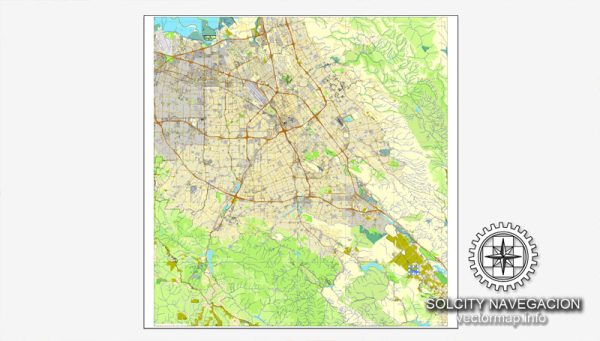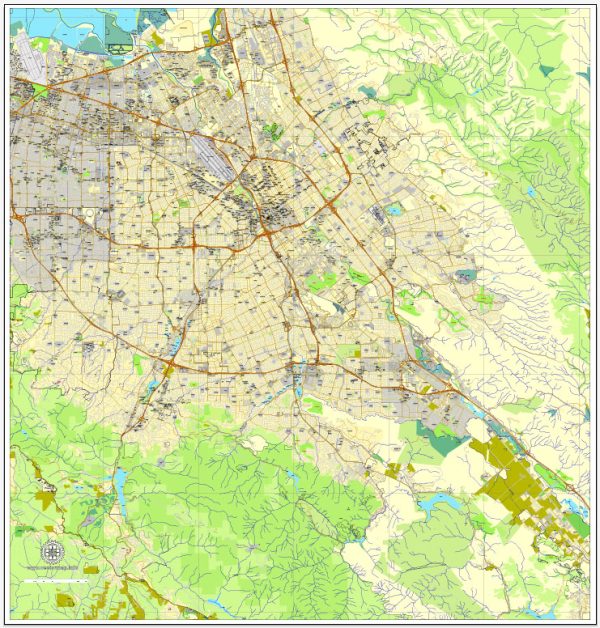San Jose, located in the heart of Silicon Valley, has a rich history of urban development that spans several centuries. Here is an overview of the key phases and events in the city’s urban development:
- Early Settlement and Agricultural Roots (Late 18th Century – Mid-19th Century):
- San Jose was founded in 1777 as a farming community by Spanish colonizers and was part of the Spanish land grant system.
- During Mexican rule in the 1820s, San Jose became the first civil settlement in California.
- The city’s early development was centered around agriculture, with orchards and farms contributing to its economic base.
- Gold Rush and Industrialization (Mid-19th Century):
- The discovery of gold in California in 1848 brought a rapid influx of people to the region, leading to increased economic activity in San Jose.
- The city became a commercial and agricultural hub, supplying goods to miners and settlers.
- Industrialization started to take hold, with the establishment of mills, factories, and other businesses.
- Railroad Expansion (Late 19th Century):
- The arrival of the railroad in the late 1860s connected San Jose to other major cities, facilitating the transportation of goods and people.
- This period marked the transition from an agrarian economy to a more diversified urban economy.
- Early 20th Century Growth and Development:
- San Jose continued to grow in the early 20th century, with an expanding population and the development of infrastructure such as roads and utilities.
- The city’s downtown area saw the construction of several notable buildings, reflecting a mix of architectural styles.
- Post-World War II Suburbanization (1940s – 1960s):
- Like many American cities, San Jose experienced significant suburbanization after World War II, with the development of suburban neighborhoods and a shift away from the urban core.
- The expansion of the technology industry in the latter half of the 20th century, particularly with the growth of Silicon Valley, played a crucial role in shaping the city’s modern identity.
- Tech Boom and Urban Renewal (1970s – 1990s):
- The booming technology industry brought unprecedented growth to San Jose, transforming it into a major center for innovation.
- The city underwent urban renewal projects, including the development of modern office spaces, residential areas, and cultural amenities.
- Contemporary Urban Development (2000s – Present):
- San Jose continues to be a key player in the tech industry, with companies like Apple, Google, and others expanding their presence in the region.
- The city has focused on urban revitalization efforts, including the development of the downtown area with new housing, entertainment options, and public spaces.
Throughout its history, San Jose has evolved from a small agricultural community to a major urban center at the forefront of technological innovation. The city’s urban development reflects the broader economic and social changes that have shaped the region and the nation as a whole.





 Author: Kirill Shrayber, Ph.D.
Author: Kirill Shrayber, Ph.D.